Germanic languages - Germanic

|
A branch of the Indo-European language family. It includes English, Frisian, Dutch, German, Icelandic, Faroese, Norwegian, Danish, Swedish, and others. It is a large language group currently used by about 500 million people over a wide area. These languages have undergone historically different changes from Proto-Germanic, which began to branch out from the Indo-European language family around 2000 BC, and are related languages with many similarities and regular correspondences in structure and vocabulary. In particular, Icelandic and the following five are closely related and are collectively called North Germanic. There are no records of Proto-Germanic. In other words, the oldest records of Germanic are fragmentary, consisting of inscriptions estimated to be from the 3rd to 1st centuries BC, and words and names written down by authors of the classical Roman period such as Caesar, Tacitus, and Pliny. Inscriptions of primitive (pre-subdivision) North Germanic language inscribed in runes from 200 to 600 BC have also been found in various places. The oldest complete document is (part of) the Gothic Bible, translated by Ulfila in the mid-4th century, but long records appeared in Old English about 700, Old High German about 750, Old Low German about 850, and much later in other languages, from the 12th to the beginning of the 14th century. Proto-Germanic is a presumed form reconstructed by comparing the oldest words of these already branched Germanic languages, but it can also be verified by old Germanic words recorded in Latin documents or loanwords in Finnish. In any case, common characteristics are clearly recognized in the earliest stages of Germanic languages, and it is thought that the emergence of these characteristics led to the establishment of a proto-language that separated from other branches of the Indo-European language family. Its main characteristics are (1) the fixation of stressed sounds (accents) to stems, and (2) the rearrangement of the system of stops. As a result of (1), unstressed final sounds became weaker and then disappeared, which became a factor in the simplification of word forms in modern Germanic languages. (2) is the change of p, t, k to f, θ, h, b, d, g to p, t, k, and bh, dh, gh to b, d, g, a phenomenon called the First Consonant Shift. Germanic languages are often divided into three groups, East and West, in addition to North Germanic. East Germanic is represented by Gothic, but all of it has disappeared from history. Among the languages counted as West Germanic, Frisian and English are closely related, and German has had two major dialect groups, Highland and Lowland, since ancient times. Dutch developed into a unique language from a dialect belonging to Low German. However, West Germanic has no recognized proto-language that was the source of its branching, and it is not believed that these languages branched off in a linear fashion. In fact, around the time of the birth of Christ, in addition to the tribes belonging to North Germanic and East Germanic, there were three Germanic tribes: those in the North Sea, between the Weser-Rhine, and along the Elbe. English and Frisian are languages that developed mainly from the North Sea group, while German is presumed to have been formed from the remaining two, with some of the North Sea group added, through mutual influence since the 5th century. Interactions between North, East and the so-called West Germanic languages are also recognised. The Germanic languages today have undergone their own historical changes, and so there are noticeable differences. Icelandic retains its ancient endings, and its vocabulary has not been influenced by other languages. German has simplified its endings since ancient times, but its case and personal endings are still complex, and it has a strong ability to coin new words. English has lost many endings, and has incorporated a large number of Latin and French words into its vocabulary. Dutch is close in structure to German, but is also close to English in terms of endings. High German has also undergone consonant changes that distinguish it from other Germanic languages. In South Africa, Afrikaans, which originated from Dutch, is spoken alongside English. In Eastern Europe, Yiddish, a German-based language with Hebrew vocabulary mixed in, was used as a common language among Jews until recently. [Ryo Shionoya] "The Story of Germanic Languages" by Hamasaki Choju (1976, Daigaku Shorin) " "Germanic Languages" by Shioya Takashi (included in "The Lineage and History of Languages" edited by Hattori Shiro, 1971, Iwanami Shoten) Source: Shogakukan Encyclopedia Nipponica About Encyclopedia Nipponica Information | Legend |
|
インド・ヨーロッパ語族の一語派。英語、フリジア語、オランダ語、ドイツ語、アイスランド語、フェロー語、ノルウェー語、デンマーク語、スウェーデン語などを含み、現在約5億の人が広い地域で使用している大言語群である。これらの言語は、紀元前2000年ごろからインド・ヨーロッパ語族のなかで分岐し始めたゲルマン祖語より歴史的に異なった変化を経たもので、構造や語彙(ごい)に多くの類似や規則的な対応が認められる同系の親族語である。とりわけ、前記アイスランド語以下の五つは近い関係にあり、まとめて北ゲルマン語とよばれる。ゲルマン祖語の記録は存在しない。すなわち、ゲルマン語の最古の記録は断片的で、前3世紀~前1世紀と推定される碑文や、カエサル、タキトゥス、プリニウスなど、ローマ古典期の著者が書き留めた単語や名前が伝わっている。また、200~600年にルーン文字で刻まれた原始(細分化以前の)北ゲルマン語の碑文も各地でみいだされている。いちばん古いまとまった文献は、ウルフィラが4世紀なかばに翻訳したゴート語聖書(の部分)であるが、古代英語では約700年、古代高地ドイツ語では約750年、古代低地ドイツ語では約850年、そのほかの言語ではずっと遅く、12世紀から14世紀初めになって長文の記録が現れた。ゲルマン祖語は、これらのすでに分岐したゲルマン諸語の最古の語を比較して再構した推定の形態であるが、ラテン語文献に記された古いゲルマン語の単語やフィンランド語中の借用語などから立証される場合もある。いずれにせよ、ゲルマン諸語の最古の段階には、共通した特色がはっきり認められるので、それが生ずることによって祖語が成立し、インド・ヨーロッパ語族中の他の語派から分離したと考えられる。 その特色のおもなものとして、(1)語幹に強音(アクセント)が固定したこと、(2)閉鎖音の体系の組み替え、があげられる。(1)の結果、強音のない語末の音が弱まり、さらに消失し、近代ゲルマン諸語における語形簡略化の要因となった。(2)はp、t、kがf、θ、hに、b、d、gがp、t、kに、またbh、dh、ghがb、d、gに変わったことで、第一次子音推移とよばれる現象である。 ゲルマン語派は、先に述べた北ゲルマン語に加えて、東西のグループを認め、三つに分類されることが多い。東ゲルマン語はゴート語によって代表されるが、史上からすべて消えた。西ゲルマン語に数えられる諸語のなかでは、フリジア語と英語は密接な関係にあり、ドイツ語には古代から高地、低地の二大方言群が存在している。オランダ語は低地ドイツ語に属した方言から独自の言語に発達したものである。ただし、西ゲルマン語には分岐のもとになった祖語の存在が認められず、これらの言語が直線的に分かれてきたとは考えられない。実は、キリスト生誕前後には、北ゲルマン語、東ゲルマン語に属する種族のほかに、北海―ウェーザー・ライン川間、エルベ河畔の3ゲルマン種族が存在していた。英語とフリジア語はおもに北海のグループから発達した言語であるが、ドイツ語は残りの二つを主とし、北海の群の一部を加え、相互の影響のなかから5世紀以来成立していったと推定される。北、東および、いわゆる西ゲルマン諸語間の相互作用も認められている。 現在のゲルマン諸語はそれぞれ独自の歴史的変化を経たので、相違点も目だつ。アイスランド語は古い時代の語尾を保ち、語彙もほかから影響を受けていない。ドイツ語は古くから語尾を簡略化したが、なお格や人称語尾は複雑で、造語力は非常に強い。英語は多くの語尾を消失し、語彙にもなかばに及ぶラテン語系・フランス語系単語を取り入れた。オランダ語の構造はドイツ語に近い反面、語尾の点では英語にも近い。また高地ドイツ語には、他のゲルマン語全体から区別される子音の変化がおきた。なお南アフリカ共和国では、オランダ語から生じたアフリカーンス語が英語とともに話されている。東欧では最近までユダヤ人間の共通語として、ドイツ語をもとにヘブライ語系語彙を混入したイディッシュが使用されていた。 [塩谷 饒] 『浜崎長寿著『ゲルマン語の話』(1976・大学書林)』▽『塩谷饒著『ゲルマン語』(服部四郎編『言語の系統と歴史』所収・1971・岩波書店)』 出典 小学館 日本大百科全書(ニッポニカ)日本大百科全書(ニッポニカ)について 情報 | 凡例 |
<<: Kermanshah - Kermānshāh (English spelling)
Recommend
Peso
…By the beginning of the 17th century, prices in ...
Tubuai [Islands] - Tubuai
Part of French Polynesia in the South Pacific, the...
Collection of ancient and modern books - Kokontoshoshusei
China's largest encyclopedia (common book). 1...
Puku (English spelling)
A mammal of the bovidae family in the order Artiod...
idola tribus (English spelling) idola tribus
…In this sense, it is the same as a statue of a g...
Himuro
[1] 〘 noun 〙 A room in which ice taken in the midd...
Ueshiro
〘 noun 〙 Just before planting rice, water is poure...
Laying on of hands
〘noun〙① The hands that press down the strings of a...
Tenaga
In the early modern period, this was a local admin...
《Cartas de Relacion》 (English notation) Cartas de Relacion
… Cortes was a typical conquistador who not only ...
Pablo, L.de (English spelling) PabloLde
...This flourishing period, called the "New ...
Moorhouse, F. (English spelling) MoorhouseF
...On the other hand, writers who are closer to t...
Red Cross - Sekijuji (English spelling) Red Cross
It generally refers to an organization that provi...
Rabbit
〘Noun〙① A crow and a rabbit. ※Kuruma-yahon Nohkyok...
Nippashigawa River
This river flows out from Choshi-no-guchi in the ...
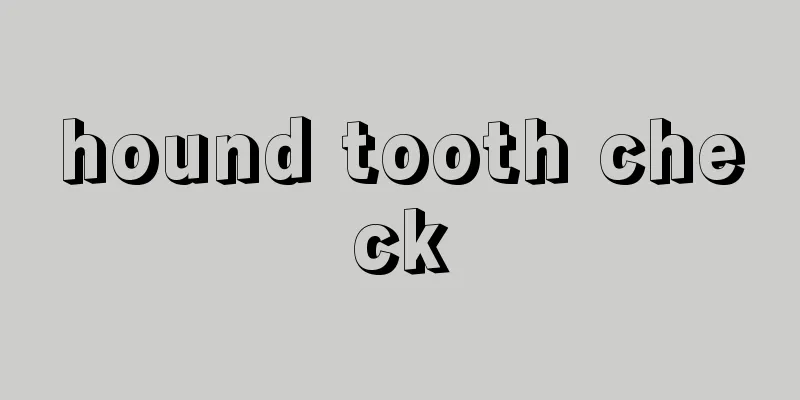
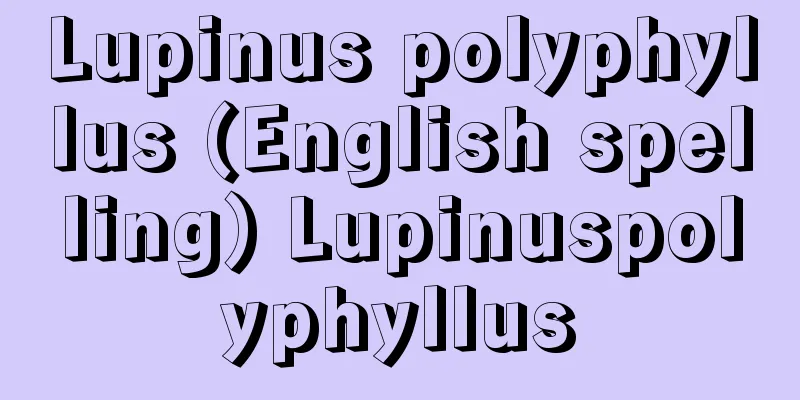
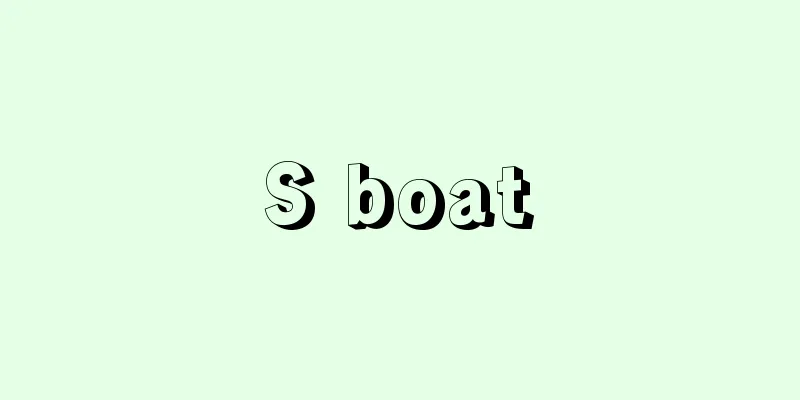
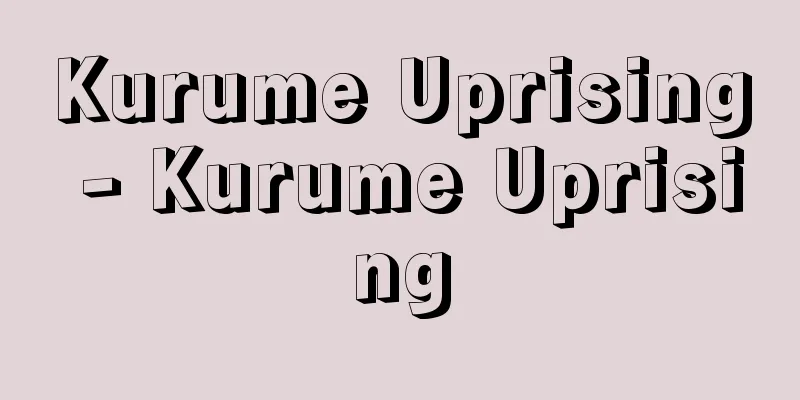
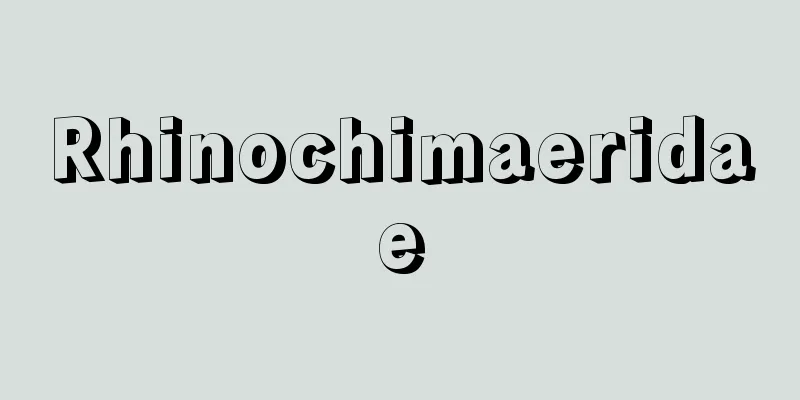



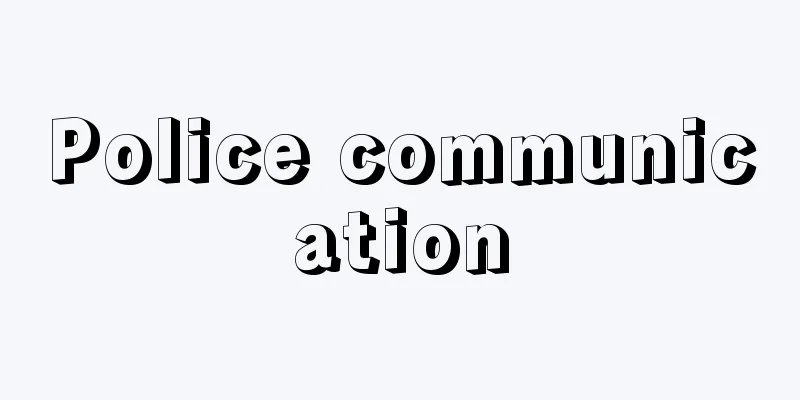
![Oguchi [town] - Oguchi](/upload/images/67cb149597e4c.webp)